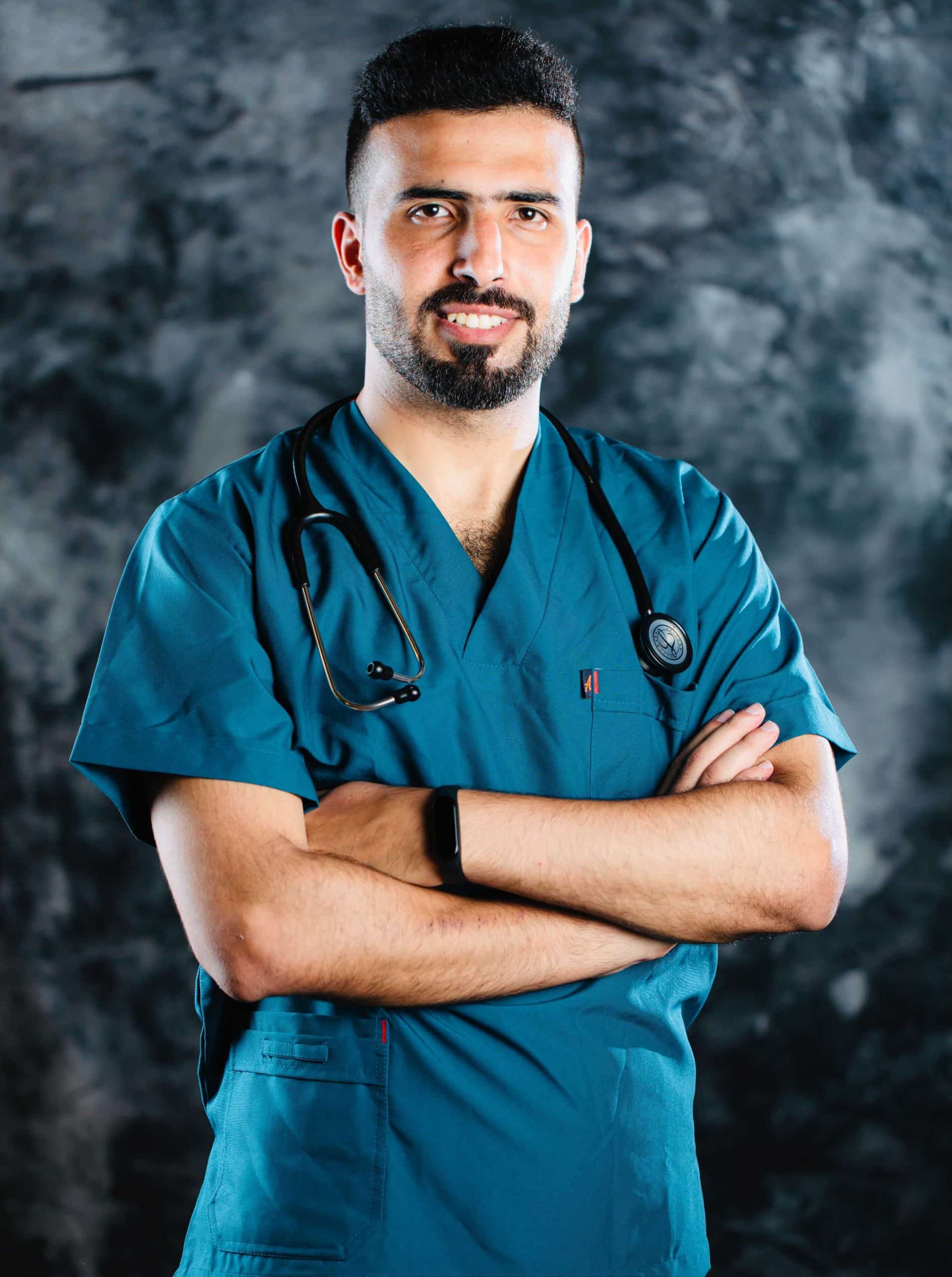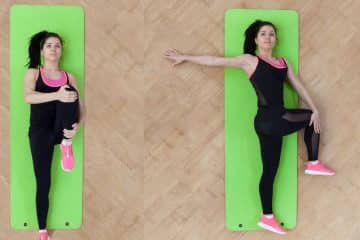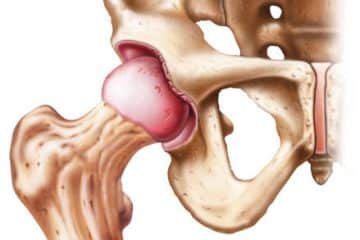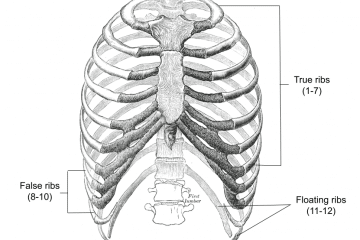Reverse Shoulder Replacement Surgery Cost | Indications | Technique
In the United States, reverse total shoulder arthroplasty is becoming more common. Reverse total shoulder replacement accounted for a third of all shoulder replacements done in the United States.
The reverse total shoulder arthroplasty gained popularity due to its efficacy in treating shoulder problems caused by rotator cuff tear, a disease for which the anatomical total shoulder replacement failed.
While early techniques of reverse total shoulder arthroplasty had the same challenges as anatomical total shoulder replacement, the introduction of Grammont reverse shoulder arthroplasty solved the problem by strengthening the deltoid and making the center of rotation more medial.
What is Reverse Shoulder Replacement Surgery?
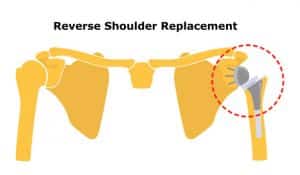
Reverse Shoulder Replacement
Reverse shoulder replacement is a unique procedure.
During the procedure, the orthopedic surgeon will excise the injured shoulder bones and substitute them with prosthetic ones. the artificial shoulder is replaced in rotation different from the original shoulder.
A reverse total shoulder replacement involves the excision of the spherical head of the humerus (uppermost part of the arm bone).
The surgeon inserts a plastic socket into the intact bone with bolts and specific equipment. The doctor also removes a portion of the shoulder blade’s socket.
A metallic sphere is then used to substitute it. Afterward, the metallic sphere can move around inside the socket that connects to the arm bone.
Indications of Reverse Shoulder Replacement Surgery
There are different indications of this surgery and include:
Arthritis of the rotator cuff
A massive incurable rotator cuff tear in the elderly.
Unreconstructable four-part proximal humerus fracture
Chronic shoulder dislocation in older people.
After a tumor is treated.
A previous replacement that failed due to cuff failure or instability
Any indication for traditional shoulder replacement with rotator cuff problem, bone loss, or instability
Contraindications of Reverse Shoulder Replacement Surgery
The following are the contraindications of this surgery:
- Axillary nerve damage
- A severely damaged deltoid muscle
- Glenoid vault deficiency preventing baseplate fixation
- Infection of the shoulder
- Neuropathic joint
Equipment of Reverse Shoulder Replacement Surgery
The following are the instruments used in this procedure:
- Glenoid retractors
- Self-retaining retractor
- Electrocautery
- Osteotomes
How Reverse Shoulder Replacement Surgery is Performed?
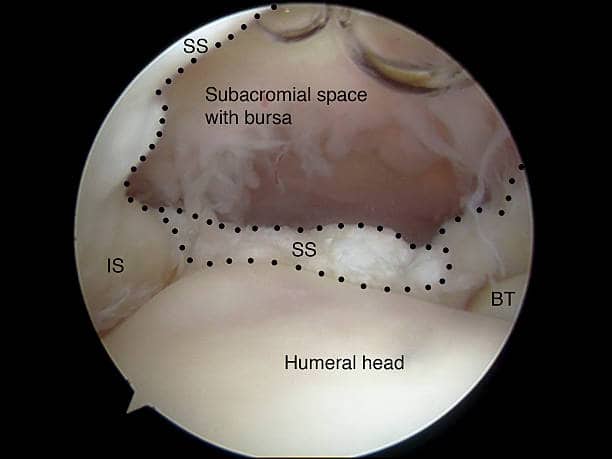
Reverse Shoulder Replacement Surgery
the surgery involves a stepwise approach with clear and easy-to-understand steps as follows:
Preparation of the Humerus
The surgeon will aim to expose and prepare the humerus. The long head of the biceps muscle is separated and placed in continuity with the pectoralis major muscle tendon.
After the formation of subscapularis peel, the surgeon will release the humeral capsule of the bone, resect the humeral osteophytes, and excise the humeral head.
This makes an advantage over traditional shoulder replacement which is the surgeon has a space to do a larger head excision.
Exposure to the Glenoid
In this step, the surgeon will use a glenoid retractor and electrocautery to excise the glenoid labrum tissue.
After the resection of the glenoid labrum, the surgeon will release the anterior, posterior, and inferior capsules along with subscapularis with appropriate retractor and electrocautery.
Placement of the Prosthesis
The surgeon will place the glenoid and humeral parts of the artificial shoulder.
Before the placement of the humeral part, the surgeon should examine the shoulder reducibility. The new shoulder should be difficult to reduce and dislocate.
Risks of Reverse Shoulder Replacement Surgery
There are various intraoperative and postoperative complications of this surgery and involve the following:
Instability. The risk of instability increases with the male gender, obesity, and previous surgery.
Postoperative infection. The infection rate in reverse shoulder replacement is higher than that of anatomical shoulder replacement.
Scapular notching. It occurs more commonly within the first 6 postoperative months.
Heterotopic ossification. It is the presence of bone in unusual sites such as muscles.
Nerve injury. The most common type is brachial plexus stretching.
Postoperative scapular fracture. It is associated with poor outcomes and the need for revision surgery.
How Long Does Reverse Shoulder Replacement Surgery Last?
The surgery is usually done under general anesthesia, and the procedure takes 2 to 3 hours to be completed with postoperative hospital stay ranging from 2 to 4 days
Cost of Reverse Shoulder Replacement Surgery
The average cost of total reverse shoulder replacement surgery is 6,500$ to 20,000$, and those with health insurance will pay less.
Conclusion
Reverse shoulder replacement has improved the management of shoulder diseases for which there was previously no simple or satisfactory cure.
It has a high percentage of patient satisfaction, with the majority of patients reporting therapeutic benefits and better function.
Even though the implant survival rate seems to be satisfactory in the short term, the long-term outcomes are uncertain.
The surgery is linked to increased complication rates and a wider range of sequelae than is acceptable.
To maximize this treatment for various shoulder disorders, advances in prosthesis architecture, doctor skills, and clinical results would be required.
References
https://pubmed.ncbi.nlm.nih.gov/
https://www.ncbi.nlm.nih.gov/
See Also

Dr.Sharif Samir Alijla, is a general medical doctor and a well-rounded professional that cares and treats patients from Palestine. I participated in many medical studies and conferences, I've launched a range of community initiatives and taken part in a variety of leadership and change training programs. I worked as an author for many medical websites such as TebFact . I specialized in writing medical articles from authoritative and updated sources in a simple and smooth the way for the reader.
